Tibia (Shinbone)
The tibia is the body’s second-lanthiest bone. It has an impact on your balance, gait, and standing posture. Tibias normally break only after significant injuries, such as car accidents. You are more likely to have unnoticed fractures, though, if osteoporosis has weakened your bones.
What is the Tibia (Shinbone)?
- The tibia is your shinbone. It is the second considerable extended bone in your body and contributes significantly to your capacity to stand and move. Numerous muscles, tendons, nerves, and ligaments have support by your tibia.
- Because it is so sturdy, breaking your tibia typically requires substantial trauma, such as a fall or a vehicle collision.
- If you suffer a fracture, you will most likely require surgery to heal your bone and physical therapy to regain your strength and ability to move. Osteoporosis can affect your tibia, just like any other bone.
Anatomy of the Tibia
- The tibia is the bigger of the two bones in the lower half of the leg. The additional is the fibula (the calf bone). The tibia connects your ankle to the area directly below your knee. It is closer to the inside of your body (medial) than the fibula. With an average length of 15 inches, the tibia (shinbone) is the second longest bone in the human body, with the femur being the only longer bone in the thigh.
- The tibia and fibula are the two bones that together make up your lower leg. The extended tibia attaches to your knee at the top (proximal) and ankle at the bottom (distal). The fibula is located closer to the outside of your body (lateral) than the tibia.
- One bone that bears weight and supports your body as you walk and stand is the tibia. The fibula predominantly serves as structural support for your leg and does not bear much weight.
- The tibia has a flat, shelf-like end where it joins your knee, a lengthy central shaft, and a groove at the bottom where it meets your ankle.
- Your tibia is made up of numerous sections, despite its appearance of being one continuous bone. This includes:
The proximal aspect of the Tibia
The upper end of your tibia forms the floor of your knee joint. The following are found at the proximal end (aspect):
- Medial condyle.
- Lateral condyle.
- Intercondylar eminence.
The shaft of Tibia
The shaft is the longitudinal portion of the tibia that carries your weight and gives your shin its structure. It has the shape of a prism with three sides. The shaft of your tibia is comprised of the following:
- The Anterior border.
- The posterior surface.
- Soleal line.
- The lateral border.
The distal aspect of Tibia
The lower (distal) end of your tibia forms the top of your ankle joint, which is connected to your fibula and calcaneus (ankle bone). It is attached to your fibula and calcaneus (ankle bone). Among them are the
- Medial malleolus.
- A fibular notch.
Since they indicate the areas of your body where you are experiencing discomfort or problems, these sections and labels are often more for your healthcare professional to use. Your healthcare professional may use some of these terminology to describe the location of bone injury if you ever break your tibia, also known as a tibial fracture.
The function of the Tibia
The following are some of the vital functions of your tibia:
- Sustaining your body’s weight while you walk and stand.
- keeping you steady while you’re moving.
- Connecting the muscles, ligaments, and tendons of your knees and ankles to the remains of your body.
Signs of having issues with Tibia
Despite being one of your strongest bones, the tibia can break. Among the warning signs and symptoms of injury are:
- Pain when running or walking
- Not being able to support your weight on your leg
- Leg bent
- When you point your toes inward rather than outward, you are said to be in-toeing.
- The lengths of the two legs vary significantly from one another.
- Arthritis of the knee
- Swelling
- Bruising
- A bump in your skin that doesn’t normally exist
Common conditions and diseases affecting the Tibia
The most prevalent problems with tibias include fractures, osteoporosis, Osgood-Schlatter disease, and Paget’s disease of the bone.
Fractures of the Tibia
In medical practice, shattering a bone is referred to as a bone fracture. Due to their extreme strength, tibias are typically only fractured by severe trauma, falls, or auto accidents. A fracture can be identified by the following symptoms:
- Pain.
- Swelling.
- Tenderness.
- Not being able to move your leg as you normally can.
- Discoloration or bruises.
- An abnormality or bulge that is not normally found on your body.
If you believe you have a fracture or have been traumatized, you should go to the emergency department immediately.
Osteoporosis
- Osteoporosis-weakened bones are more likely to shatter suddenly and unexpectedly. Many people are unaware that they have osteoporosis until they break a bone as a result of it.
- The symptoms are typically not noticeable right away. Osteoporosis is more likely to occur in women, those assigned female at birth, and persons over 50.
- Discuss with your healthcare provider the possibility of doing a bone density screening to detect osteoporosis before it results in a fracture.
The Osgood-Schlatter disease
When tendons tug on the top of your shinbone, Osgood-Schlatter disease produces pain in your knee and upper shin. Growing children and teenagers are typically affected. Another name for it is jumper’s knee. Among the symptoms include
- Swelling.
- Tenderness
- Discomfort directly beneath the kneecap.
Consult your healthcare practitioner if your child develops new knee pain.
Paget’s disease of bones
Osteitis deformans, often known as Paget’s disease, is a chronic bone condition. It causes your damaged bones to continually break down and rebuild. It usually affects adults over the age of 50 and those with Northern European ancestry. Symptoms include
- Bone and joint discomfort.
- Larger head size.
- Bowed arms or legs.
- The curve of the spine.
- Bone fractures.
Shin splints
- The pain you experience on the front of your lower legs after exercising is called shin splints, or tibial stress syndrome. This occurs as a result of flat feet or high arches, after increasing the intensity of your workout, or when you run and continuously strain your shin bone.
Blount disease
- In youngsters, this disorder also affects the growth plate near the top of the tibia. It occurs when excess weight presses against the growth plate, preventing normal bone growth.
- The tibia bows outward rather than growing straight because the inner slows down while the outside continues to grow.
Diagnosis of Tibia
The most common test used to assess the health of your tibia is a bone density test. Sometimes, it’s referred to as a DXA or DEXA scan. A bone density test uses low-dose X-rays to determine bone strength. It’s a method for measuring bone loss as you age.
If you have a tibial fracture, your provider or surgeon may recommend imaging testing, such as
- X-rays.
- Magnetic resonance imaging (MRI).
- A computerized tomography (CT) scan.
Treatments for Tibia
Treatment is not often needed for your tibia. if you happen to be diagnosed with osteoporosis or have a fracture you might require treatment.
Tibia fracture treatment
- Your fracture’s treatment relies on its nature and its cause. Immobilization, such as a splint or cast, may be required, as well as surgery to realign and secure the bone in its proper position for healing.
Osteoporosis Treatment
- Osteoporosis treatment options include exercise, vitamin and mineral supplements, and medicines.
- Usually, all you need to do to avoid osteoporosis is to exercise and take supplements. Your provider will assist you in developing a treatment plan that is tailored to your specific needs and bone health.
Maintaining the health of your tibia
You may maintain your bone (and general) health by adhering to a healthy diet and exercise regimen and scheduling routine checks with your healthcare professional. Ask your doctor about a bone density scan if you have a family history of osteoporosis or are over 50.
To lower your risk of getting hurt, heed these general safety tips:
- Wear a seatbelt at all times.
- Wear the appropriate safety gear for all sports and activities.
- Make sure there is nothing that could trip you or others in your house or place of work.
- Always utilize the right equipment or instruments when reaching something at home. Do not stand on tables, chairs, or workstations.
- Adhere to a diet and activity regimen that will support bone health.
- If you have trouble walking or are at a higher risk of falling, use a cane or walker.
Summary
When your shin strikes the edge of your sofa or table, your tibia may be the initial structure that comes into your mind. Your capacity to stand and move during the day depends greatly on your tibia, whether you realize it or not. Your bones will remain strong if you take any steps to enhance your general health.
FAQs
What is the appearance of a shin bone?
Three surfaces (lateral, medial/anterior, and posterior) and three boundaries (anterior, medial, and interosseous) make up the prism-shaped tibia shaft.
What is the severity of a shin injury?
Shin splints are one part the most prevalent injuries caused by excessive use. Most people recover from shin splints without any long-term health issues if they relax and use ice. Shin splints do, however, have the potential to progress to a tibial stress fracture if treatment is not received.
Why does tibia bone discomfort occur?
The most common causes of shin splints include strenuous exercise, sports, or repeated activities. Pain may result from inflammation of the tendons, muscles, and thin layers of tissue covering the shin bones brought on by this repetitive motion.
How is a shin bone injury treated?
Don’t stop exercising completely, but avoid activities that cause you swelling or pain, or feel painful. Try low-impact activities like swimming, cycling, or water running while you’re recovering. The damaged shin should be covered with ice packs four to eight times a day for 15 to 20 minutes at a time for a few days.
How painful is a tibia fracture?
Depending on the severity of your accident, a tibia fracture might cause anything from severe lower leg pain to bruises. To diagnose this type of damage, your doctor will do a physical examination and sometimes some tests to get a picture of the tibia fracture.
Is it possible to walk with a shin fracture?
A broken tibia or femur prevents you from standing, walking, or bearing weight on your leg. The fibula is not a weight-bearing bone, meaning that when you stand and move, it does not support your body weight, hence some people who have fractured it can still walk. However, you shouldn’t try to walk or utilize your fibula because it seldom breaks on its own.
References:
- Whitten, C. (2024, September 24). Tibia: What to Know. WebMD. https://www.webmd.com/a-to-z-guides/tibia-what-to-know
- Professional, C. C. M. (2024, November 4). Tibia. Cleveland Clinic. https://my.clevelandclinic.org/health/body/23026-tibia
- The Editors of Encyclopaedia Britannica. (2024, September 18). Tibia | Definition, Anatomy, & Facts. Encyclopedia Britannica. https://www.britannica.com/science/tibia

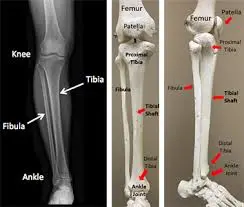
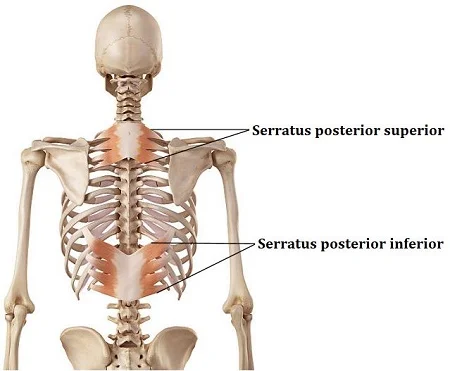
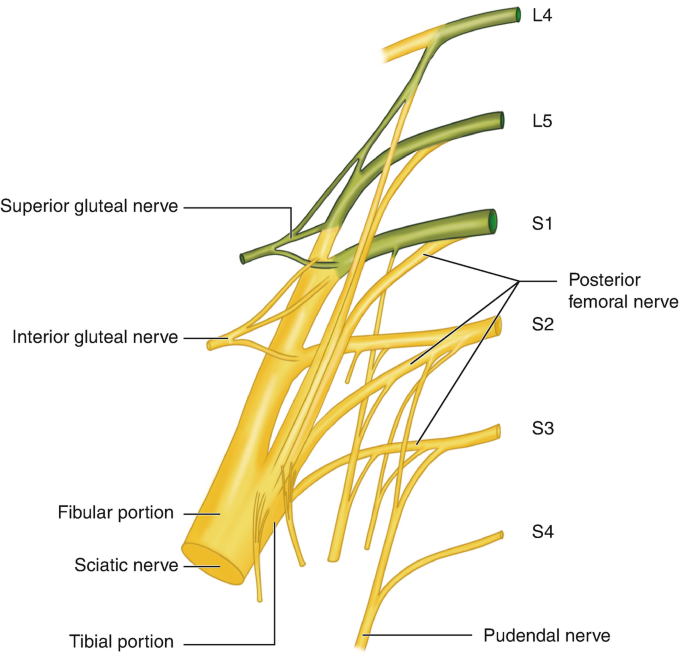
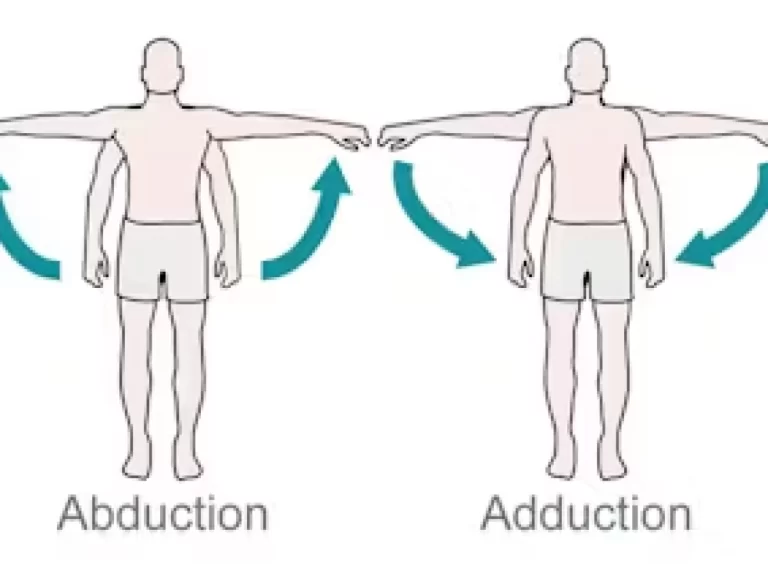
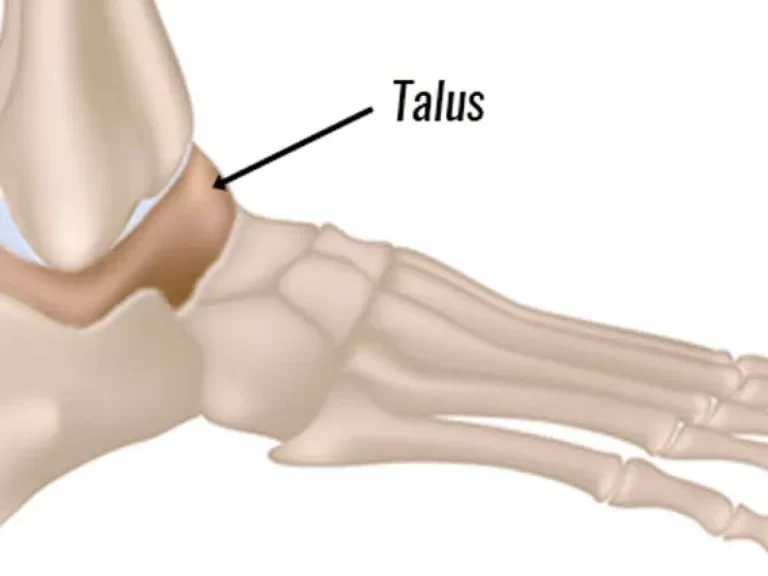
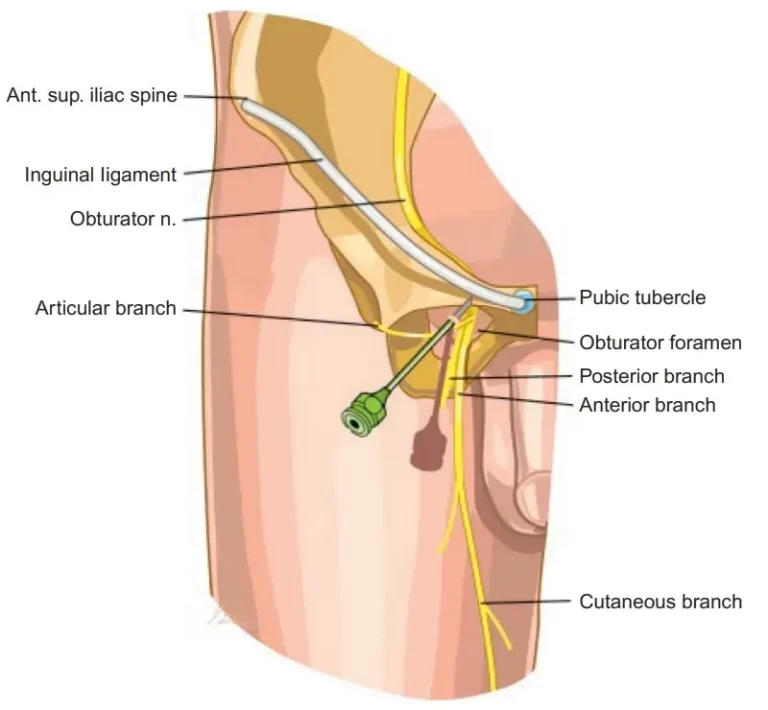
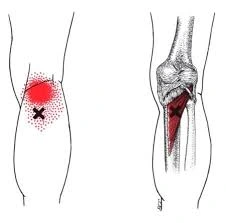
One Comment